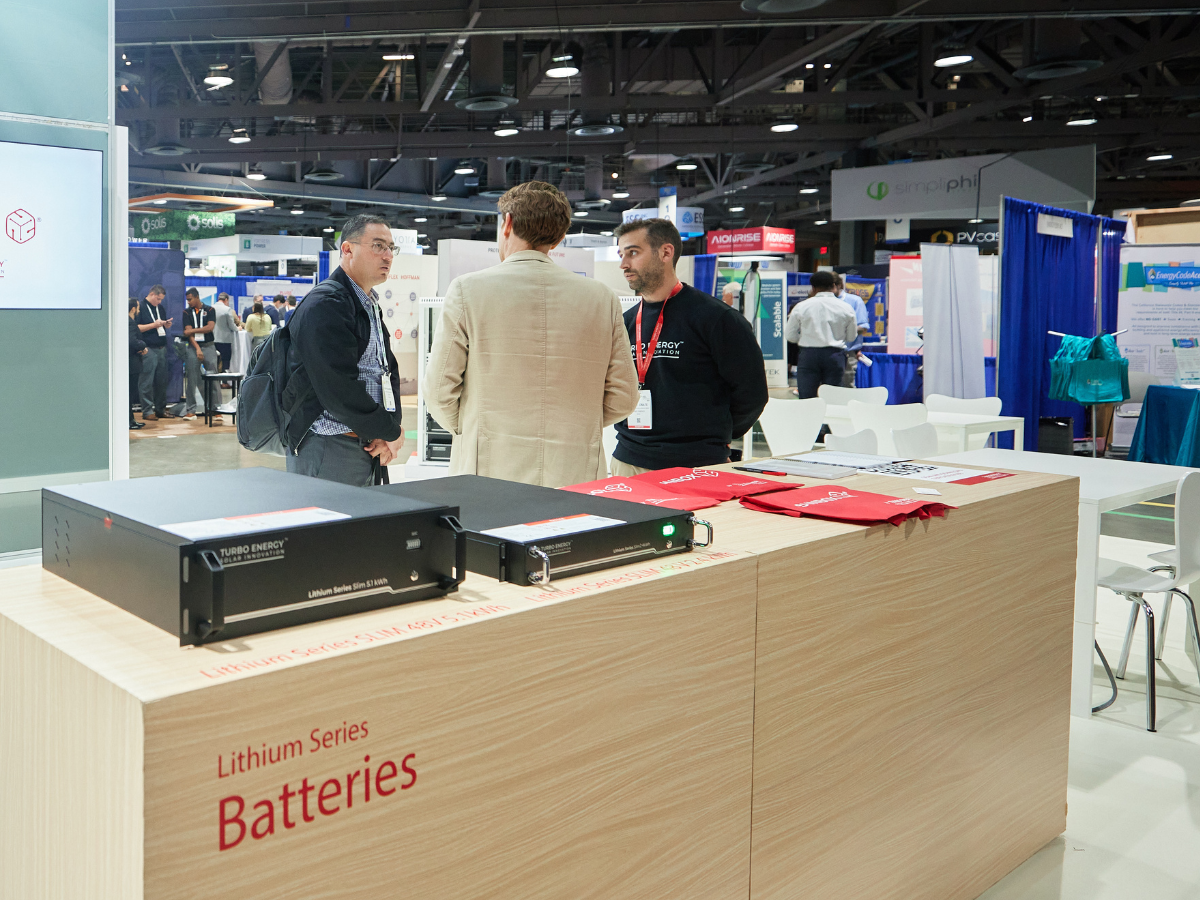Predictions of an American manufacturing renaissance in the Midwest ─ once commonly referred to as the “Factory Belt” ─ haven’t materialized. Instead, global manufacturers are overwhelmingly migrating to the South, shifting the US economic center of gravity and creating new green jobs ─ and lots of them. This “Battery Belt” is a geographic cluster of manufacturers that is rapidly establishing a new, ever-expanding domestic cleantech supply chain.
The Dawning of a New Industrial Age
The Battery Belt didn’t come about by chance ─ it’s a direct attempt by manufacturers to resolve supply chain vulnerabilities that were exposed in the early days of the COVID-19 pandemic. As the cost of supply chain disruption has continued to climb, manufacturers have taken action to reduce risk by opening facilities closer to the end markets they serve.
The vast majority of battery capital is currently flowing into just a handful of states, including Georgia, North Carolina, South Carolina, Tennessee, and Kentucky, which begs the question: Why these states?
For the most part, it comes down to logistics and where manufacturers can find the best value for their dollar. States in the Battery Belt offer the right interplay of factors for advanced manufacturing, including large, available tracts of land near critical infrastructure like highways, which simplify the transportation of raw and finished goods.
These states also offer high-quality, skilled labor pools at competitive costs. Additionally, the regions are seen as up-and-coming research and development hubs that are conducive to business investment. Manufacturers tend to cluster near existing facilities to take advantage of specialized infrastructure and increased supply chain efficiency, meaning that the Battery Belt is likely to keep expanding, along with the demand for batteries.
What Does the Battery Belt Mean for Cleantech?
The Battery Belt is a critical part of US industrial growth and offers a range of positive spillover effects for battery-dependent industries, most notably electric vehicles (EV) and battery energy storage. This growing network of battery providers reduces the number of imports needed from countries like China, while minimizing supply bottlenecks and delays, ensuring a consistent, profitable, and resilient supply chain.
Want to learn more about what this means for cleantech and the next frontier of the Battery Belt? Find the full article here. To learn more and connect with leading battery storage and solar players, register to attend Intersolar North America and Energy Storage North America for free on January 17-19, 2024, in San Diego, California.
This content is protected by copyright and may not be reused. If you want to cooperate with us and would like to reuse some of our content, please contact: editors@pv-magazine.com.









By submitting this form you agree to pv magazine using your data for the purposes of publishing your comment.
Your personal data will only be disclosed or otherwise transmitted to third parties for the purposes of spam filtering or if this is necessary for technical maintenance of the website. Any other transfer to third parties will not take place unless this is justified on the basis of applicable data protection regulations or if pv magazine is legally obliged to do so.
You may revoke this consent at any time with effect for the future, in which case your personal data will be deleted immediately. Otherwise, your data will be deleted if pv magazine has processed your request or the purpose of data storage is fulfilled.
Further information on data privacy can be found in our Data Protection Policy.